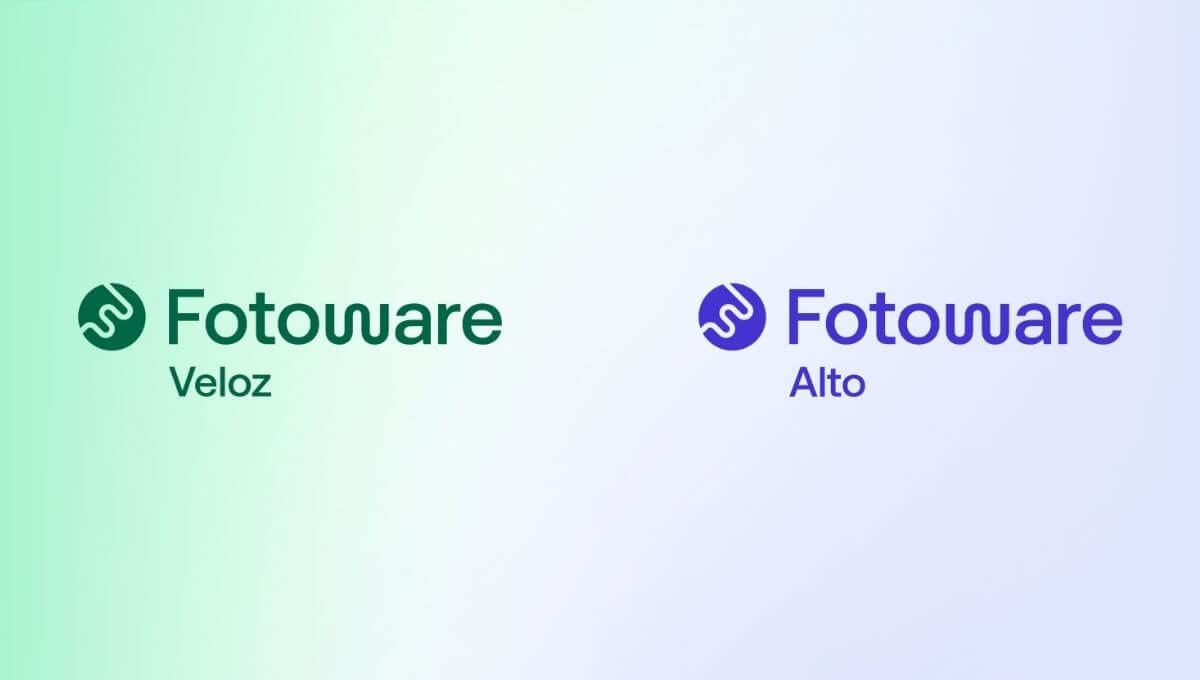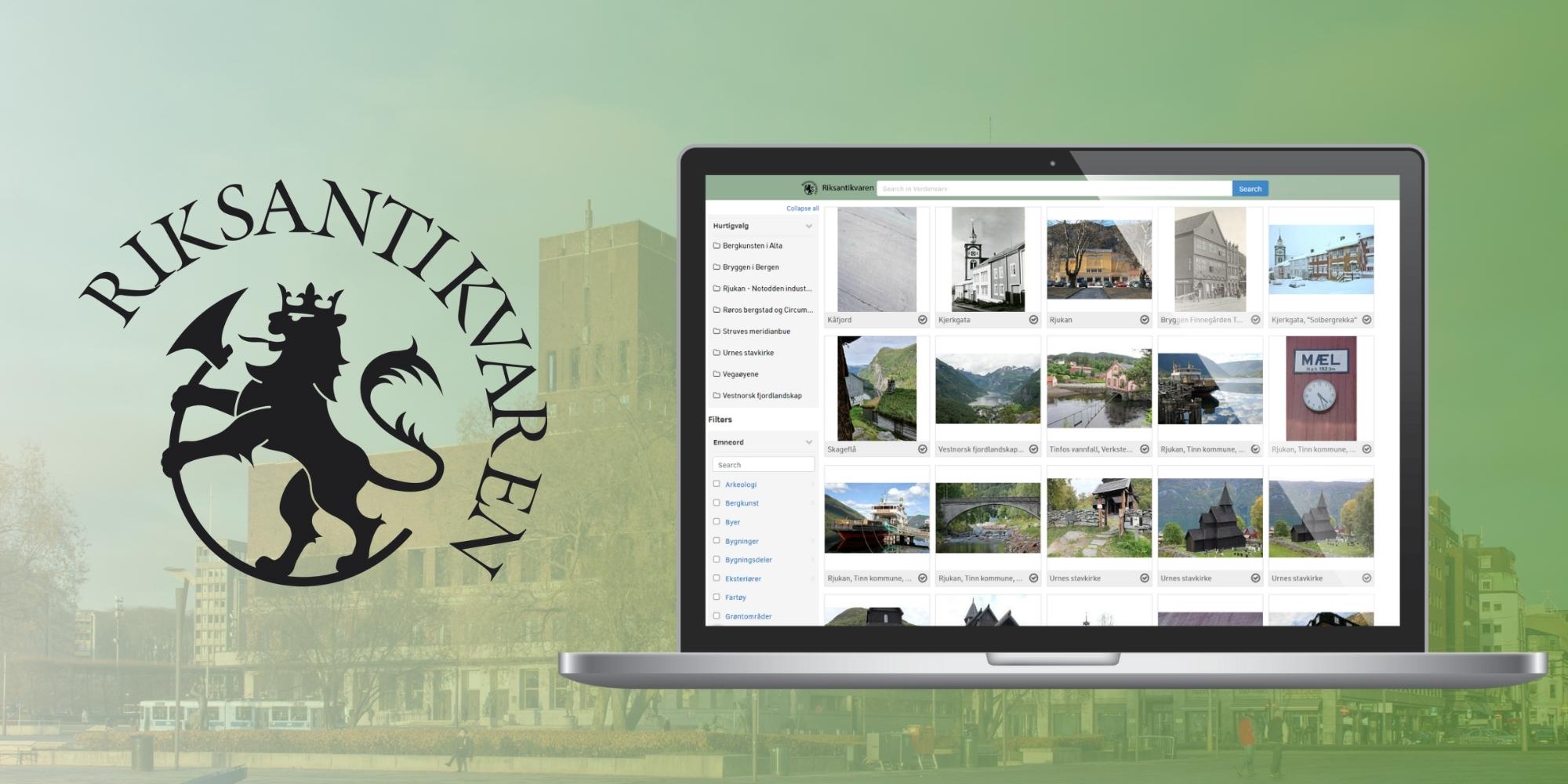
Riksantikvaren: Making cultural heritage documentation publicly available with DAM
Having an ever-growing library of digital assets, the Norwegian Directorate for Cultural Heritage (NDCH, or Riksantikvaren in Norwegian) must have a system where all visuals can easily be located and shared with relevant stakeholders.
They’ve also aimed to make selected collections available to the public, so private individuals can access cultural heritage on their own initiative.
Image archivist at NDCH, Lene Buskoven, has been with the organization for more than 20 years and followed their journey from physical folders and documents to a full-blown digital archiving system. We caught up with her to learn how they’ve benefitted from implementing Digital Asset Management (DAM) and how this system enables them to share thousands of images with the world through a centralized portal.
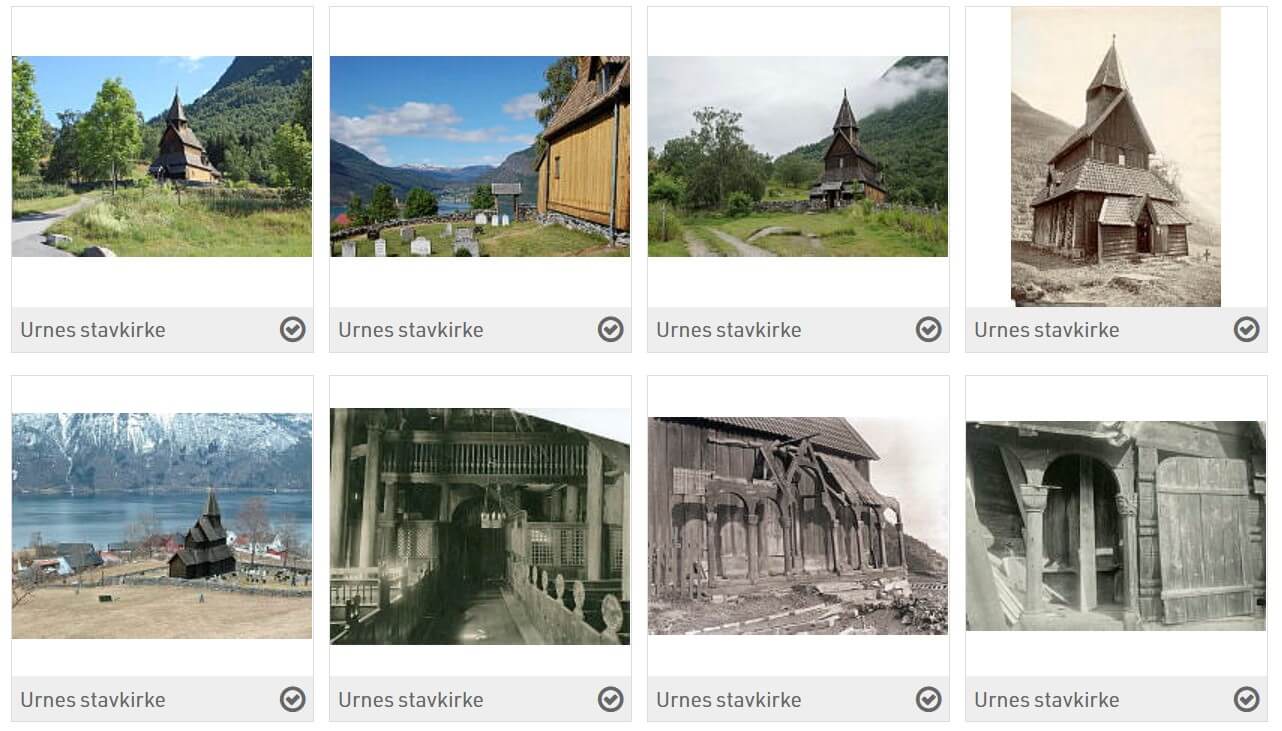
About the NDCH
Referred to as “Riksantikvaren” in Norwegian, the NDCH was first established in 1912 and is responsible for managing cultural heritage, environments, and landscapes of historical importance. Amongst its areas of administrative responsibilities, you’ll find medieval towns, historical monuments & buildings, old churches, and much more. They are also responsible for storing and managing over a million digital assets associated with such sites, actively working on ensuring the preservation and documentation of cultural heritage across the country.
In order to properly preserve places and artifacts, the NDCH keeps visual records of thousands of buildings, towns, monuments, and other cultural sites, which they store in an asset library powered by the Fotoware DAM solution. Their digital collections include anything from standard forms of documentation to highly detailed visual assets.
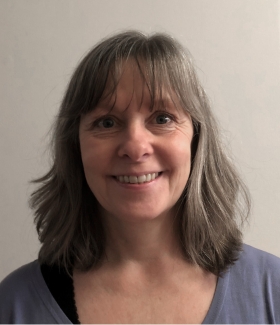
— Our goal is always to have images, drawings, and other visual assets available for our users and stakeholders. These are people working with cultural heritage, for example, public servants and people responsible for churches, museums, or archeological artifacts and areas. Furthermore, we also want to make certain assets available to the public.
Documenting cultural heritage
As the decision-making authority for protecting cultural heritage in Norway, it’s central for the NDCH that all documentation is preserved and manageable. This results in over 1 million digital assets stored in their database, some of which are heavy files including detailed descriptions of buildings, cities, and the like.
In the case of NDCH, their digital assets don’t lose relevance over time, as they may be used for comparisons many years after initial ingestion. Therefore, it’s crucial to store these in a way that makes them easily searchable at a later stage.
— Both images and drawings are critical components when documenting cultural heritage. Such assets help to showcase how places and artifacts look and how they change over time. So, we will typically take new images now and then to witness the changes over time.
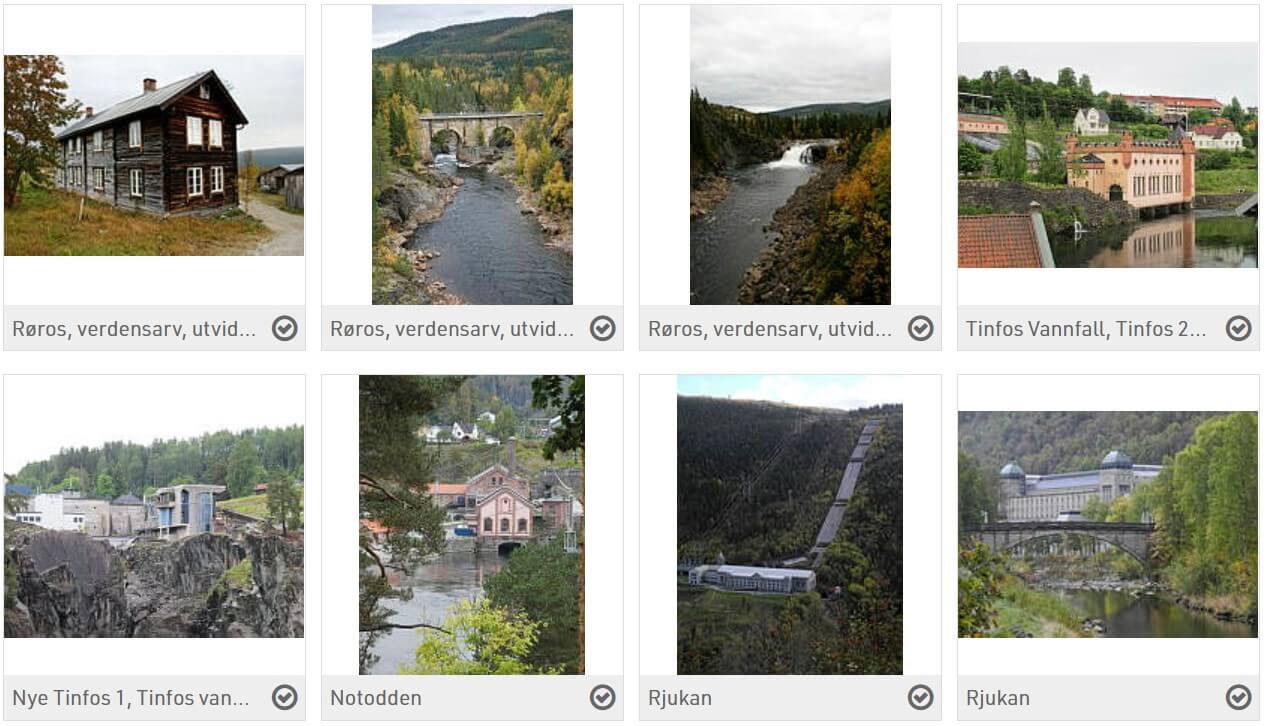
Making images available to the public
To spread awareness of Norwegian cultural heritage sites and documentation, the NDCH has made selected digital assets available to the public through their site kulturminnebilder.no. The site is hosted in Fotoware and features images and other visual documentation showcasing the nation’s cultural heritage. You may, for instance, look at how specific cities have changed over the past century or study the interior of famous ships, churches, and the like.
Additionally, the NDCH has used the Fotoware open API to streamline the process of publishing images on other web pages. Using metadata for image management also ensures that the shared assets are relevant and approved for this purpose.
DAM for galleries, libraries, archives, and museums (GLAMs)
With the Fotoware DAM solution, the NDCH has the opportunity to store and manage all assets from one central system. This way, they can easily find, sort, share, and publish visuals, ensuring complete control of every asset and enabling those of public relevance to be visible to private individuals as well.
— The most notable advantage has to do with the accessibility of digital assets: having the opportunity to access all images digitally and easily share them externally makes everything more efficient. Previously, we would have had to locate physical files in local folders, which we don’t do anymore.
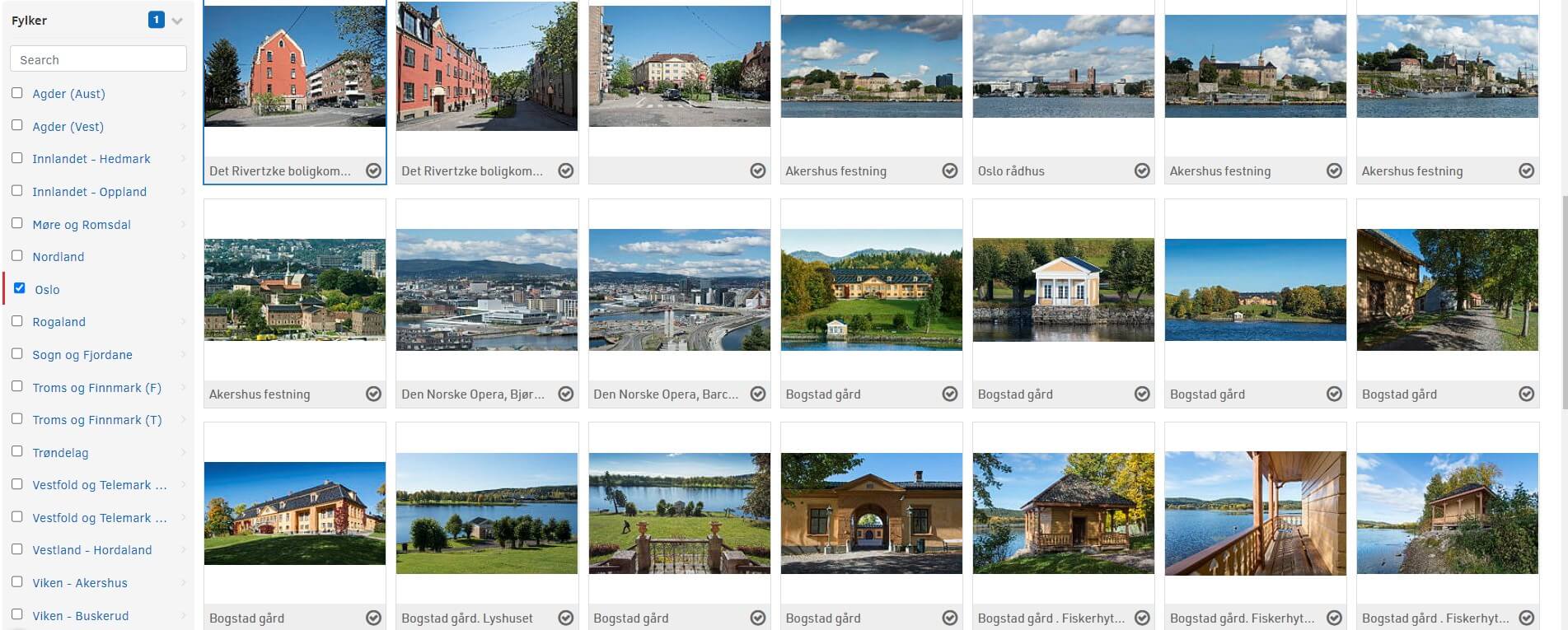
It’s common for galleries, libraries, archives, and museums (GLAMs) to store and manage massive asset libraries, often exceeding a million individual files. Such assets are often of public interest and may sometimes be treated as historical artifacts or documentation.
Therefore, proper archiving is key within this industry, and many GLAMs resort to DAM solutions for efficient asset management. If you want to learn more about this topic, you can check out this article and discover seven ways a DAM helps organizations of this kind increase productivity.
Want to learn more?
Talk to one of our experts to discover how we can streamline your organization's content workflows.


